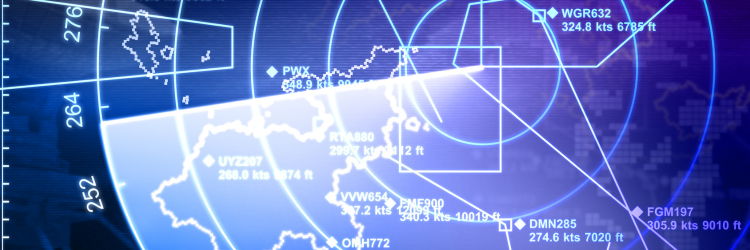Revolutionizing Radar Yields Precise Rotating Target Detection
We experience the Doppler effect constantly. Tracking the speed of cars with radar and locating satellites in the sky is all about how waves change frequency when a source, such as a radar signal and a detector, are in motion relative to each other. Traditional radar systems, however, hit a roadblock when attempting to detect objects moving at right angles to radar signals.
In the case of a radar system that doesn’t just rely on linear waves but uses spiraling electromagnetic waves with orbital angular momentum (OAM), unique “vortex” waves feature a helical twist, introducing a signature rotational Doppler effect when they encounter a spinning object. Researchers from the University of Shanghai for Science and Technology (USST) harnessed terahertz (THz) waves by developing an integrated THz vortex beam emitter. The results are published in Advanced Photonics. The research is the first demonstration of an integrated THz vortex beam emitter specifically designed to detect rotating targets.

Integrated terahertz vortex beam emitter for rotating target detection.
CREDIT
Jingya Xie, USST
THz waves are suited for high-resolution radar imaging. In terms of frequency, they are located between microwaves and infrared waves and can penetrate various materials with a minimal risk of damage. Although THz waves show great promise, their challenges include low efficiency and instability.
The research team combined an integrated THz emitter and vortex beams with positive and negative charges. By manipulating the frequency of these vortex beams, they generate radar signals that accurately measure the speed of a rotating object. This offers a way to pinpoint an object’s rotational speed with remarkable precision, with a maximum margin of error of approximately 2 percent.
The innovative radar technology approach opens up exciting possibilities for a wide range of applications. It could also usher in new countermeasure systems for tactical military defense. Importantly, it’s cost-effective and scalable.

